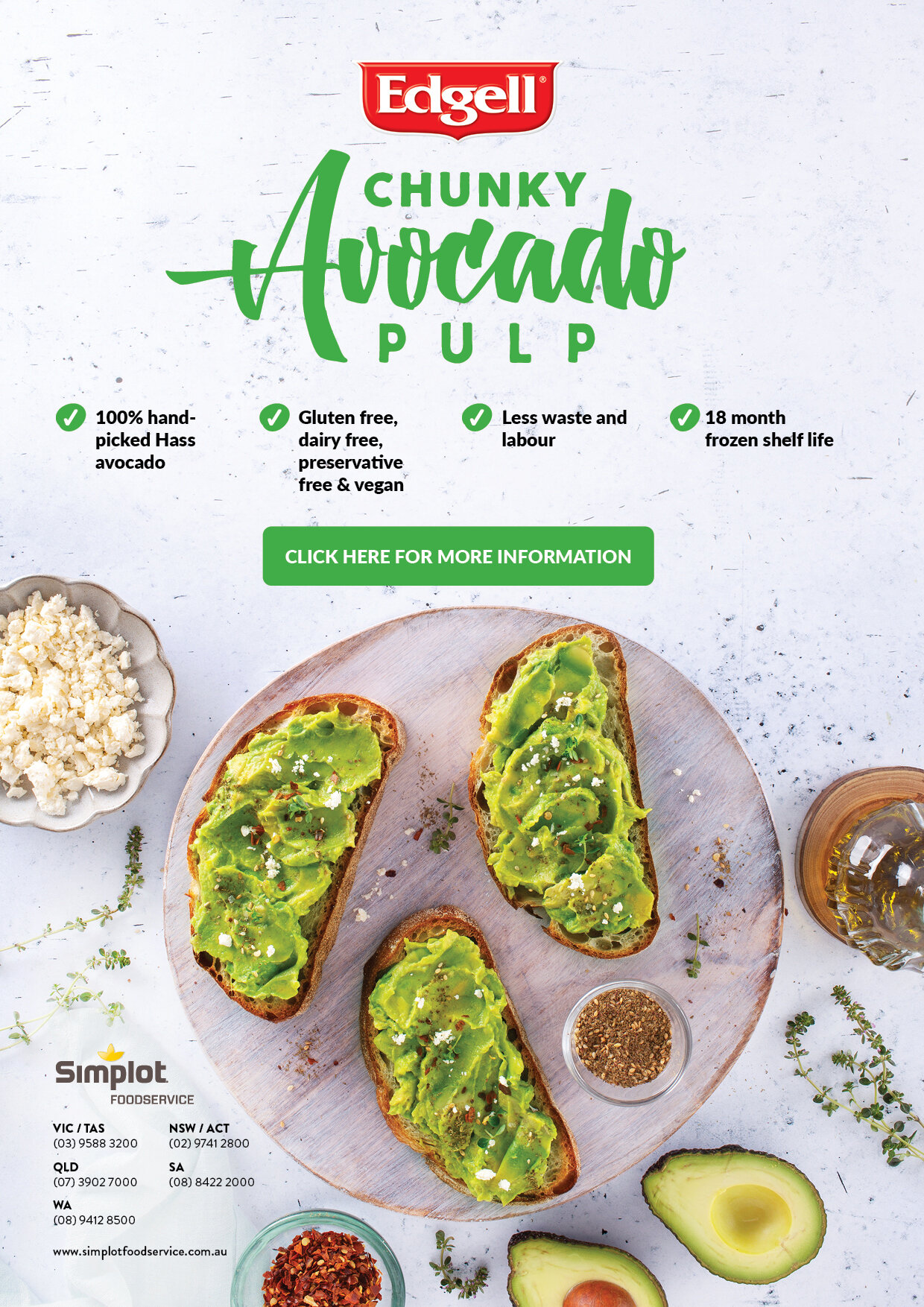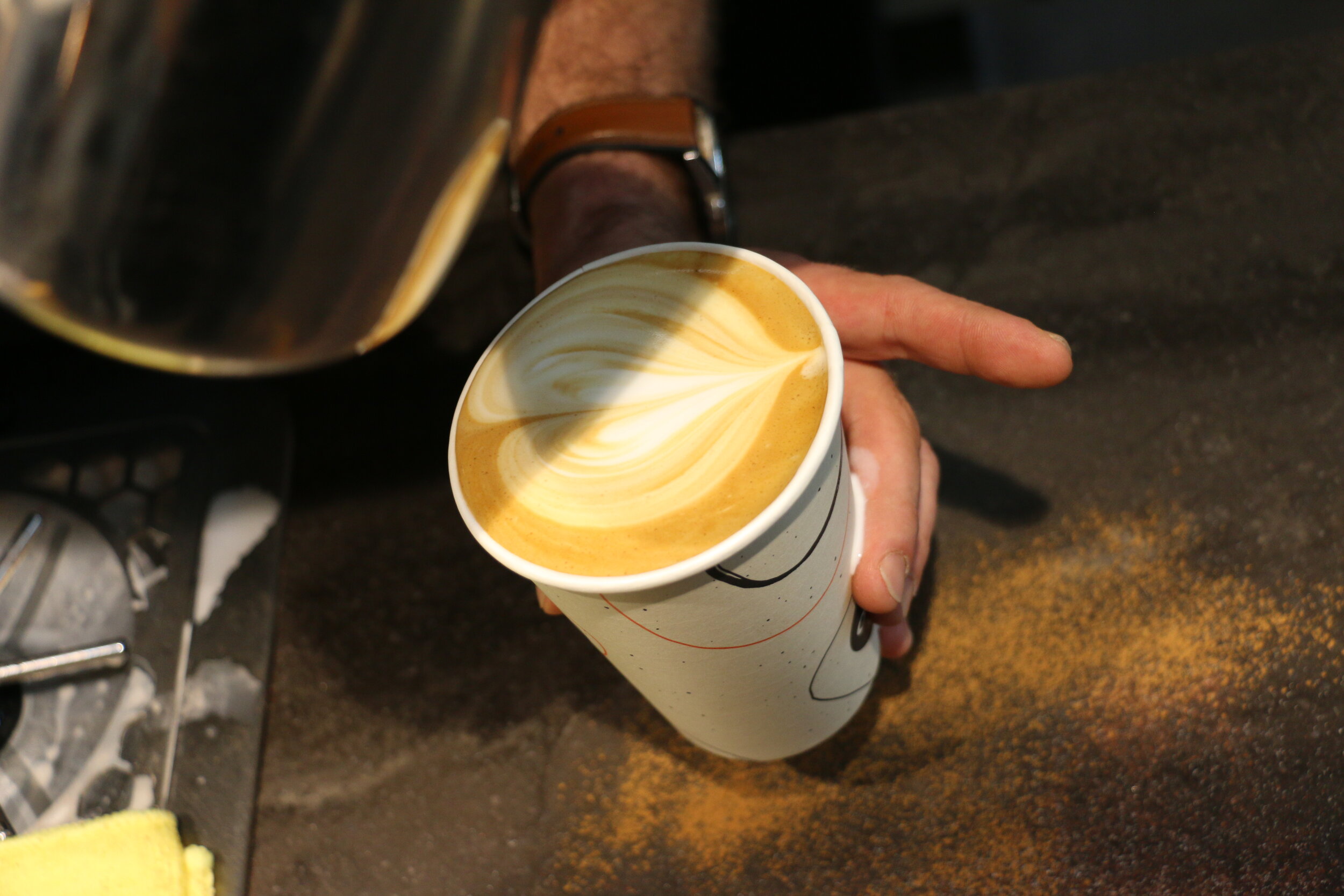Café Market Update
Suburban cafés set to bounce back for a brighter 2021
With work from home directives having emptied our city streets of all but essential workers, many cafés in our urban centres have had to make major changes in order to keep their doors open. Staff have been downscaled and workflows revised as these businesses have shifted from their former business model to instead focusing on takeaway and home delivery, with innovative take-home meal packs and special offers the order of the day.
THE FAMILIAR BUSTLE OF MELBOURNE café CULTURE HAS BEEN ON HOLD THESE PAST MONTHS
For cafés in suburban areas, the outlook has been more positive – more people working from home means more customers in your local area ordering in or seeking takeaway, so many businesses have reported a boost in sales after the initial uncertainty and readjustment period.
“The CBDs of our major centres like Sydney and Parramatta, where you had lots of people working in finance, insurance and government agencies, look like ghost towns right now, but the cafés out west which were doing poorly before Covid are actually performing stronger now,” reports Western Sydney-based chef Adam Moore. “There’s a strong community spirit and that support has helped them go from strength to strength, so they’re actually performing better than in a long time.”
Adam says that while things are “still a bit shaky”, he expects the local support to continue boosting business. “It’s also been the case that local businesses have been getting together to help each other – for example the local café down the road is cross-promoting with the beauty salon next door, with signs out front that say ‘while you’re waiting to get your hair done, why not pop in for a coffee?’ All kinds of businesses are getting together to help each other out – even hi-fi specialists are suggesting you order a coffee from next door while you’re deciding on your home theatre system. So I think that community support is really driving demand right now and we’re even seeing new cafés open up, even as restaurants are closing their doors.”
Another initiative that’s on the rise is the return of gift vouchers - “it’s a great idea, because you can treat your friends to coffee and lunch,” Adam points out. He anticipates there will be more of these in the future along with pay it forward style campaigns.
“With the new focus on the delivery market, we’re also seeing smaller cafés banding together in the local community to create their own delivery service which is shared among them. ”
And of course cafés which were solely dine-in are now offering take home meals – there have been a lot of positive changes, as business owners recognise the benefits of greater flexibility in service.”
Adam adds that with many if not most cafés now focusing on ‘grab and go’ takeaway food as opposed to dine-in, there’s a greater emphasis than ever on staple ingredients which can be used to create food that holds together well – such as utilising a greater variety of breads, with sourdough, ciabatta and grain breads being offered as options to generate range extension.
“With takeaway so important right now, it’s essential to offer a good range of foods which can be hand held,” he points out. ”Toasted sandwiches are very much on trend in this regard, with businesses looking at ways to improve their flavour profile and presentation and in doing so premiumise the offering. You can even flavour butter with other ingredients such as honey or raspberry to add value to breakfast style foods, and we’re also seeing more use of relishes and chutneys on the menu.”
Another emerging trend is the use of “inspirational ingredients”, again particularly for the breakfast trade - such as herbal jams with roasted banana or coffee syrup drizzled over mascarpone and roasted fig, or chunky avocado used to add both colour and flavour to wraps and rolls.
Demand for barista-made coffee has helped café market ride out lockdown
The need for Australian consumers to get their barista-made ‘coffee fix’ has been a key factor in cafés riding out lockdowns and emerging on the other side in foodservice’s ‘new normal’ environment.
That’s the word from Sam Taylor, who looks after the beverage side of the business for Soul Origin, which operates 117 sites across all mainland states and specialises in providing quality coffee and freshly made salads, paninis, baguettes and wraps to consumers, predominantly in busy shopping centres.
SAM TAYLOR OF SOUL ORIGIN
“I definitely think the market has benefited from the sophisticated taste of the Australian consumer,” Sam affirms. “The average consumer expectation for coffee is quite high, and that comes down to the skills of the barista and the reliability and consistency of the beans and the supplier. People may be becoming more open to making espresso coffee at home, but there’s definitely still a large component who appreciate the way coffee is produced at a café and don’t necessarily have the time or capability to replicate that to the same level at home. Of course they can get it delivered, and we’ve seen an increase in coffee via delivery, but there’s also a sense of indulgence about going for a coffee, and it’s something consumers are still willing to go out of their way for.
“The fact is that we don’t realise how much we miss something until it’s gone, so what we’ve seen is that consumers have reaffirmed that they are happy to pay $4 for that quality coffee experience, while at the same time they may have become a little more discerning with regard to food offerings, and obviously the recent restrictions have played a part in that.”
“I think we’re seeing that as consumer confidence is coming back, the various channels of foodservice are experiencing a bounce across those other offerings, but it seems that coffee was the channel which rebounded a lot faster after those initial weeks of downturn.”
Sam adds the past months have also delivered a timely reminder that hospitality is not just about the food and beverage – the consumer’s daily trip to get their coffee fix is also an opportunity for regular human interaction. “It’s a chance to check in with another person, it’s good for your mental health,” he points out. “So from our perspective coming out of lockdown, demonstrating to the consumer that they are valued by our business has been more front of mind than ever. You want to show the customer that you value their coming in and spending their money with you – that’s really important across all facets of foodservice.”
As a predominantly takeaway business with limited dine-in space across most of its sites, Soul Origin was able to weather the storms of the past few months better than many café businesses. “We’re a little bit different to the sit-down café market in that we rely on passing consumer trade, with many of our sites in shopping centres in close proximity to supermarkets. Coffee is a key driver of foot traffic across most of those and that has helped sustain us during lockdown when we had to close off even our limited dine-in areas. People came in to do their supermarket shopping and would stop by for a coffee and a fresh made takeaway salad or a wrap or roll.
“Everything we make in our business is fresh today, gone tomorrow and that’s been one of our points of differentiation. We have had to make some adaptations to how our business operated on the frontline – we weren’t on delivery platforms before, but we had to move to them during lockdown and now we’re planning on staying with that business channel along with our traditional model.”
As a foodservice professional with his finger on the pulse of the coffee market, Sam says the last couple of years have seen a strong move towards cold brew coffee – whereby flavour is leached from the beans to produce a chemical profile different from conventional brewing methods.
“You tend to get a smoother, softer profile than you do with regular espresso,” he explains. “We’re also seeing a lot of growth in demand for coffee served cold over ice – it probably helps that it’s quite warm in many parts of Australia. Particularly in the warmer months it means people can sit on that beverage for longer because it’s so refreshing.
“We’re still seeing strong sales in hot coffee, but it certainly adds another avenue if you can capture the cold coffee consumer – it tends to be the younger end of the market and I think it’s capturing a new generation of coffee drinkers.”










